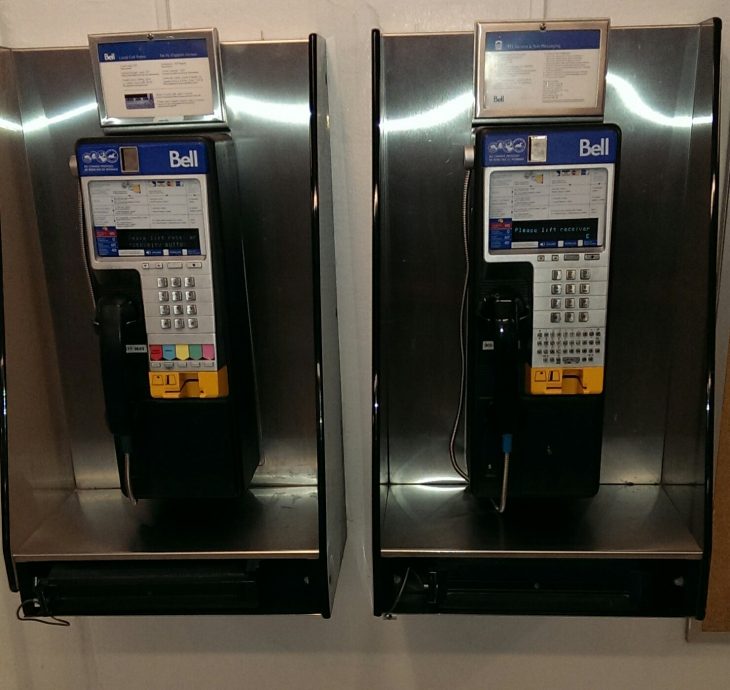
OTTAWA–GATINEAU – Canada’s public payphones perform an important public service, despite their dwindling use, the CRTC said Thursday as it unveiled two new “consumer safeguards”.
As a follow up to its payphone report released in February, the Commission announced new measures to ensure Canadians are properly informed about the costs of making certain long-distance calls over a payphone.
Specifically, the CRTC directed incumbent local exchange carriers (ILECs) to inform consumers of the costs of making long-distance calls using a credit card or other forms of non-cash payment in an effort to avoid bill shock. In addition, payphone providers must inform the CRTC within the next six months on how they intend to inform consumers of those rates.
“As a result of the enhanced safeguards introduced in this decision, Canadians will be empowered to make informed choices concerning their use of payphones to make long distance non-cash calls”, the CRTC wrote in the decision.
The Commission also revised an earlier policy on the removal of the last payphone in a community by specifically adding municipalities and First Nation communities to its existing definition of a community, and determining that the notification requirement applies to payphones in areas where no wireless service is available. The notification requirement, as modified in this decision, applies to all ILECs.
In 2004, 50% of Canadians reported having used a payphone on occasion. Today, 32% of Canadians indicated that they had used a payphone at least once per year.
“Even though their usage has declined over the past decade, payphones are still an important resource for many people especially in areas where no wireless service is available”, said CRTC chairman Jean-Pierre Blais, in a statement. “We expect that the new requirements will empower Canadians in their use of payphones in communities across Canada, and local authorities by giving them an opportunity to respond to the needs of their community members.”



